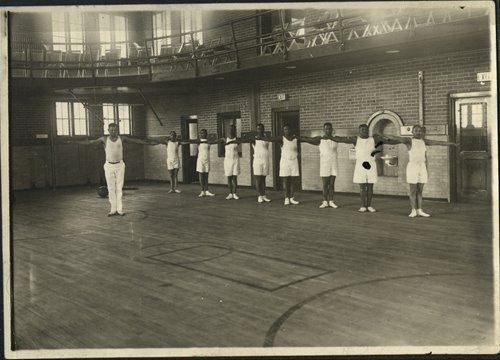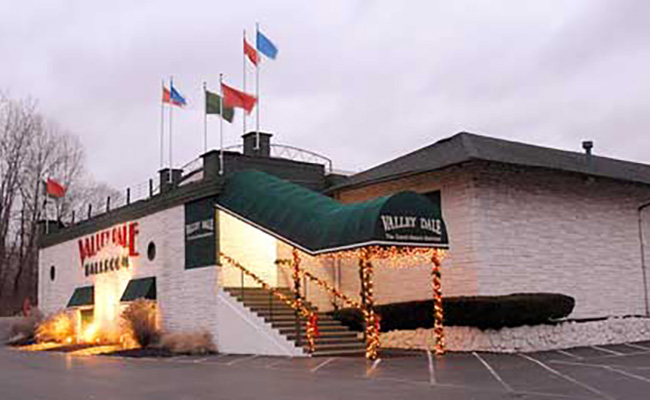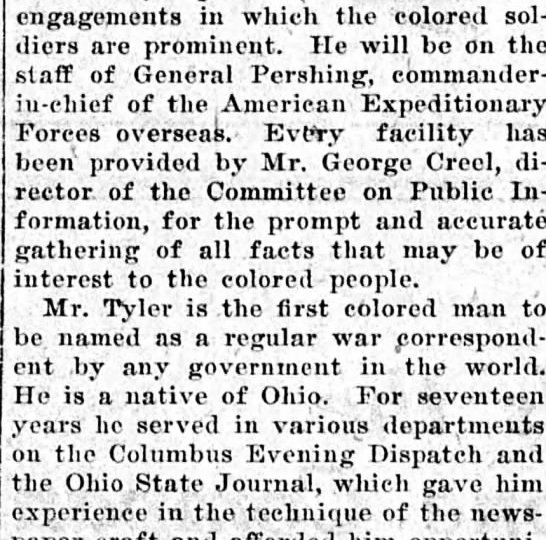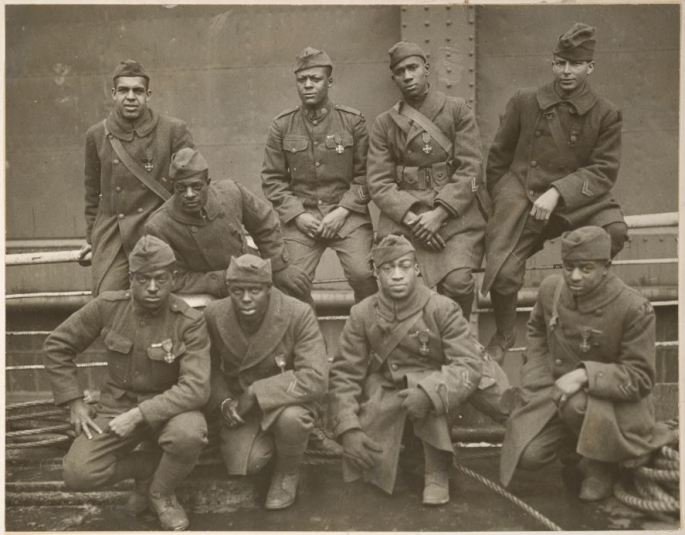In March 1917, Nimrod Allen helps foster partnerships with civic groups, school leaders, NAACP, YWCA, and YMCA to form the Federated…
Columbus Timeline
A new Black YMCA is built on Spring Street, hiring Nimrod Allen, a 1910 graduate of Wilberforce University, to be…
A 19th century stagecoach stop on Sunbury Road is converted and expanded into a dance ballroom in 1918, Valley Dale. It is the most famous of the Columbus ballrooms/dance halls but only one of several music venues. By 2018, it will have become a popular event rental space.
The YWCA War Service Center opens on 495 East Long to organize young girls and women, clubs, and charities for fulfilling needs both home and overseas that the war has created.
In October, the YWCA will release a report that touts “splendid results” for their program dedicated to Black girls, especially highlighting the basketball and elevator operator portions of the program.
Company B is cited for bravery and heroism in the battle of Champagne and is presented with the Croix de Guerre and the Distinguished Service Cross. Like other veterans, they arrive in Columbus to public accolades, parades down High Street from Union Station, dinners and toasts. They will, however, not easily find employment after returning home.
The African-American population doubles by the end of the decade as migrants stream north looking for work. The Mount Vernon Avenue and Long Street corridors emerge as thriving African-American commercial areas.
This is in spite of increasing application of Jim Crow laws and Klan activity in the wake of the end of WWI. Tyler continues to publish a weekly column in the Ohio State Journal.
Nimrod Allen, with five years as a trained social worker and a record of organizing collaborative efforts, becomes executive director of the Columbus Urban League. Major initiatives include improved race relations; health, education, and employment help for new Southern migrants; and counteracting a surge of Ku Klux Klan activity in Columbus.







![allen[1]](https://featured.catco.org/wp-content/uploads/2018/08/allen1-thegem-blog-default-large.jpg)